Like every other piece of technology, the iPhone gets slower with time. Sure, it might easily coast by for 4-5 years, given the quality of Apple’s hardware, software, and security updates. But your phone will never feel as speedy after five years as it did on day one.
And sometimes it doesn’t even take that long. Your iPhone might only be a couple of years old and already slowing down. Don’t worry, it’s possible to speed it back up with just a couple of simple tweaks.
Quickly clear the RAM and memory
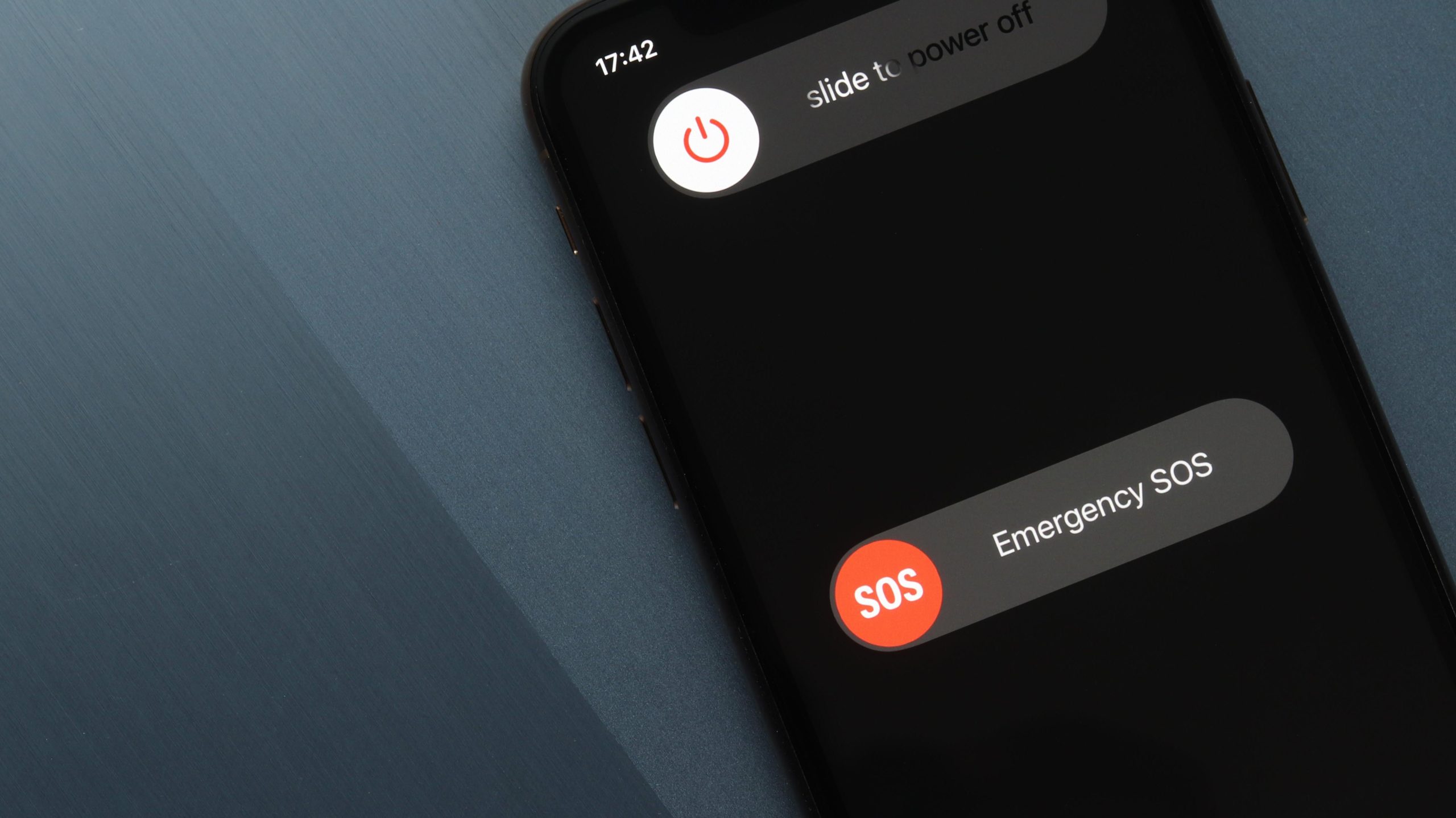
Sometimes, your iPhone is just overloaded. It could be because of a heavy app usage or a background process. If your iPhone feels suddenly sluggish, clearing out the RAM and memory will help.
If you have an iPhone without a button, there’s no direct, one-click option to do this. Instead, you’ll need to use a workaround (it works on all iPhones running iOS 13 and higher). To pull this off, we first need to enable AssistiveTouch, which brings a floating Home button to the iPhone screen.
Open the “Settings” app and go to Accessibility > Touch > AssistiveTouch and enable the “AssistiveTouch” feature. You’ll see a “button” appear on your screen.
Now, go back to the home screen. Press the “Volume Up” button, then the “Volume Down” button on the device, and hold the “Power” button for a couple of seconds. This will bring up the Power menu. Now, press and hold the software-based AssistiveTouch button.
In a couple of seconds, your iPhone will ask you to enter the passcode to unlock it. If you made it that far, it means your iPhone has cleared out its RAM and the temporary memory.
Clear cache in Safari (and other browsers)

As time goes on, every web browser starts accumulating unnecessary data. This can be in form of cached media, files, and even settings. One of the best ways to speed up a slow iPhone is to clear out the cache in your browser. The only downside is that this will remove your cookies and saved logins as well. But if you’re using a password manager, you should be good to go.
To do this in Safari, open the “Settings” app, and go to Safari > Clear History and Website Data. From the popup, choose the “Clear History and Data” option to confirm.
To clear the cache and history in third-party browsers, take a look at our guide here.
Reboot your iPhone
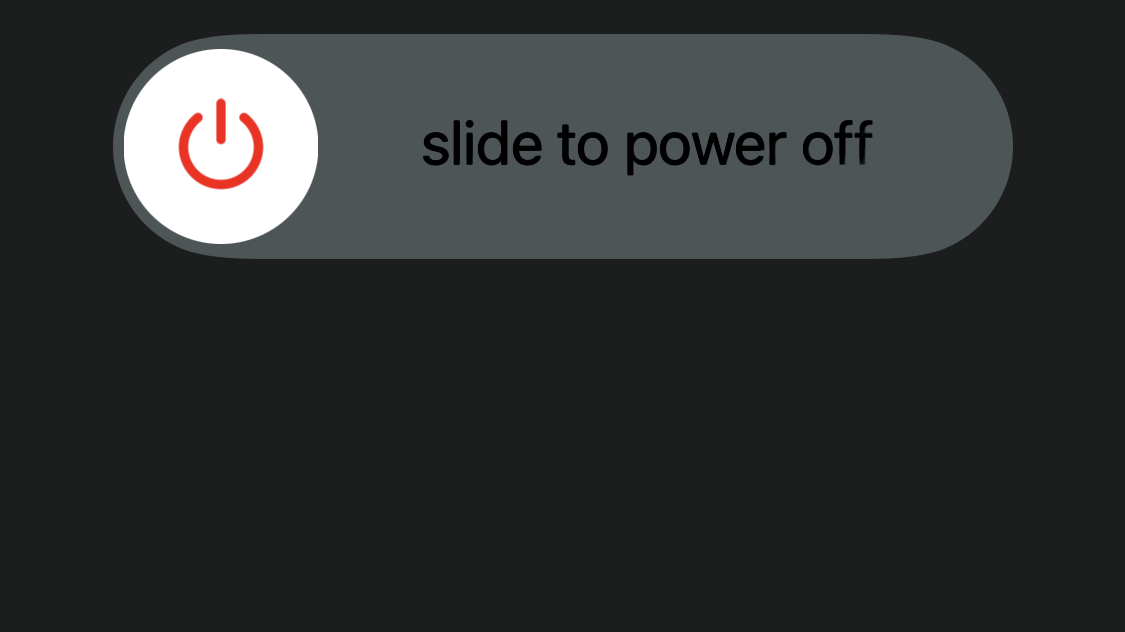
Sometimes, the simplest answer is the best: If your iPhone is frozen or acting sluggish, reboot it. Rebooting your iPhone puts an end to background processes, clears temporary files, and closes down rowdy apps.
On a modern iPhone with Face ID, press and hold Volume Up or Volume Down and Side button (Power button). Then, slide to power off. If you’re using an iPhone with a Home button, just press and hold the Side/Power button. You can also perform a “hard reset” to completely reboot the device. On the iPhone X and later, you do this by pressing Volume Up, then Volume Down, and then pressing and holding the Power/side button until the Apple logo appears onscreen.
Try closing apps you aren’t using
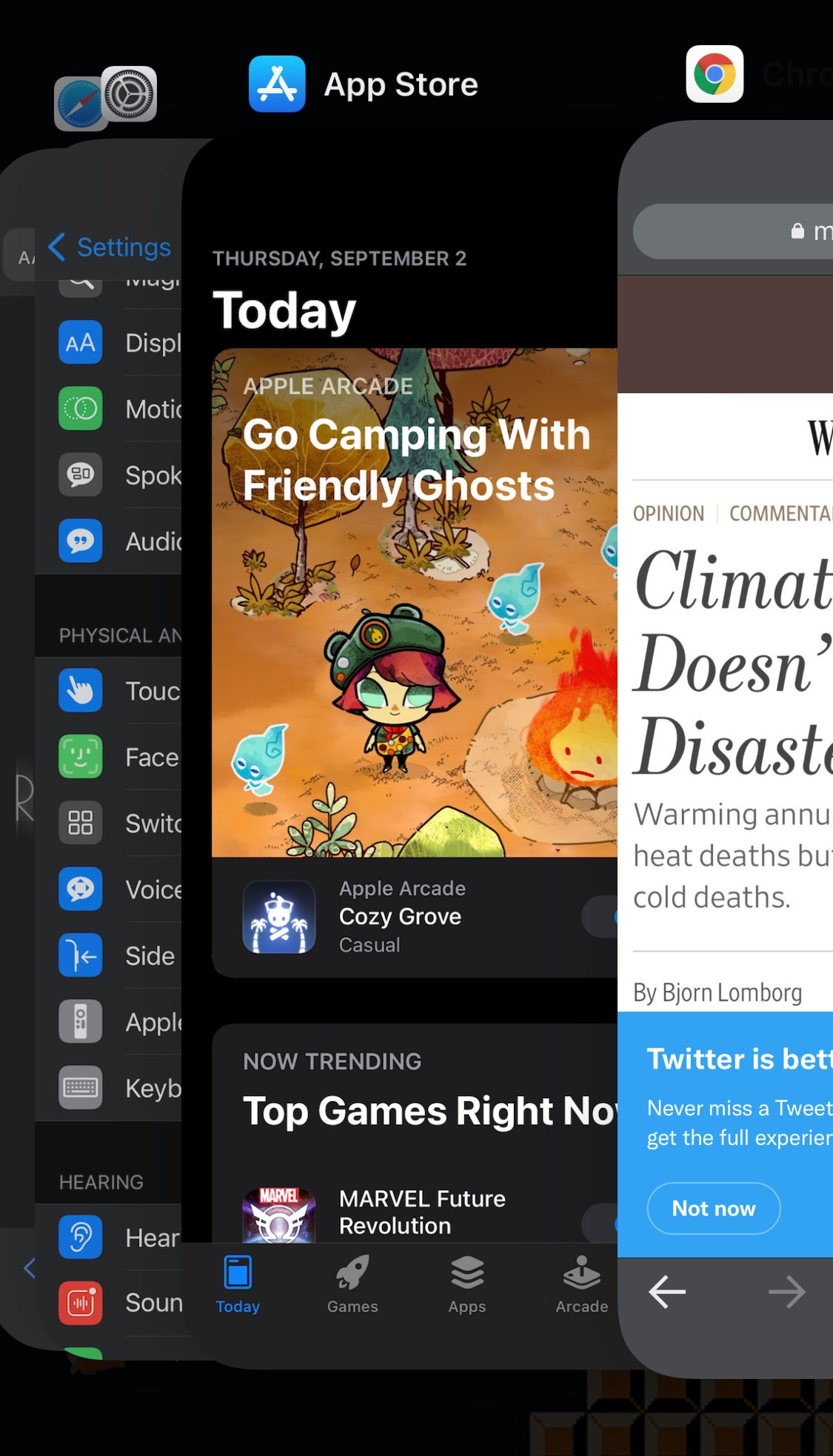
This is a controversial one, and we recommend that you don’t make a habit of it. Generally, iPhone is really good at RAM management and background processes and will automatically shut down over-demanding apps running in the background to make the resources available to your foreground app.
However, if your iPhone keeps struggling with this process and the app you are using continues to run slowly, you can try quitting all your other open apps. To do that on a buttonless iPhone, swipe up from the Home bar to open the app switcher, then simply swipe up on all the apps that you want to quit.
For an older iPhone or iPhone SE with a button, double-click it to bring up the app slider.
Clear storage and unnecessary apps
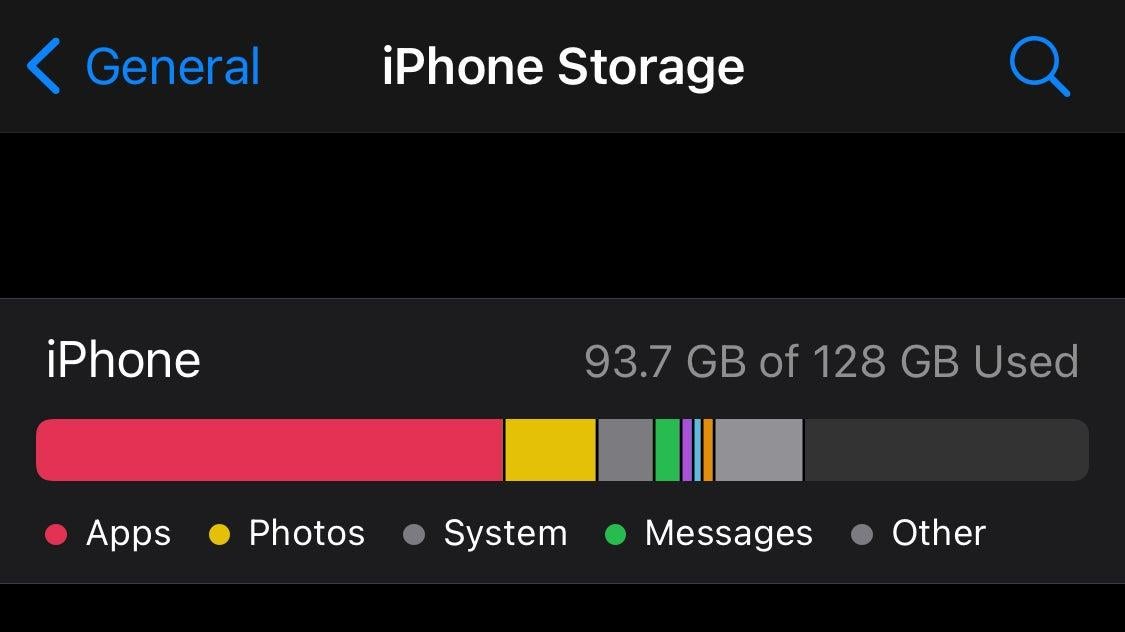
It’s simple logic: Lighter is better. Uninstalling large apps, especially games and social media apps, can open sapce on your phone and help it run faster.
Open the “Settings” app and go to General > iPhone Storage. Here you’ll see a breakdown of all the apps that are taking up the most space.
You can choose to delete the app data, or the app itself. If your photo library is too large, consider using iCloud Photos to store the full-size versions of your images in the cloud (you’ll still see thumbnails on your device). You can also enable “Offload Unused Apps.” After you do, your phone will automatically delete apps you don’t use often when you need some extra space (you can always re-download them from iCloud later).
Turn off Background App Refresh
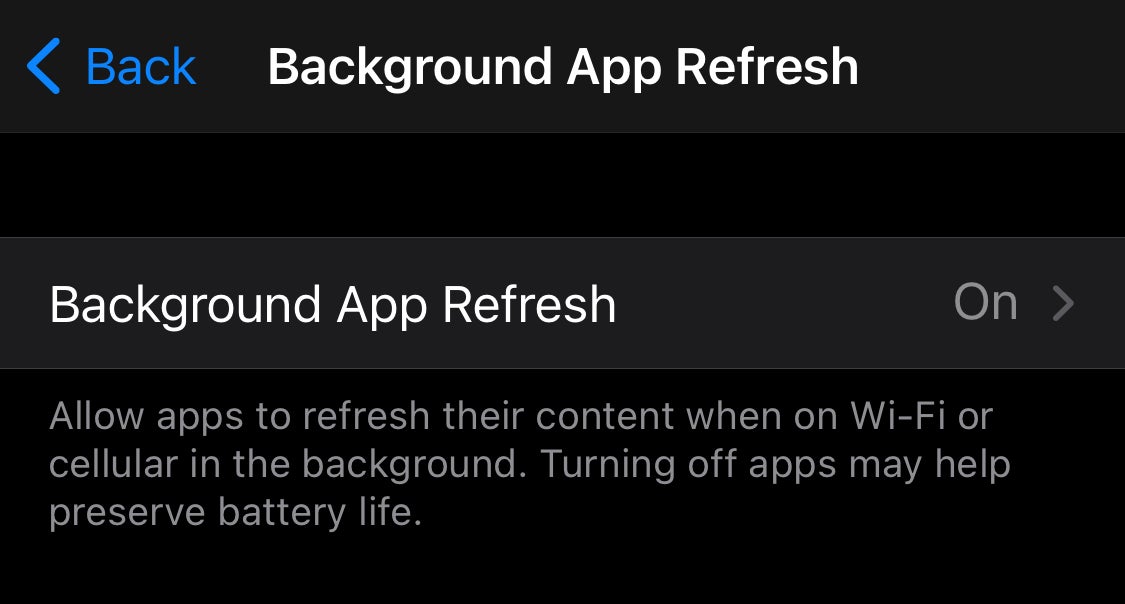
Even though you might not know it, there are apps that run in the background all the time. This uses up your battery and also affects the phone’s performance.
Open the “Settings” app and go to General > Background App Refresh. Here, you can disable background refresh for particular apps, or switch to the feature to “Off” to disable it across the board.
Clear out your messages
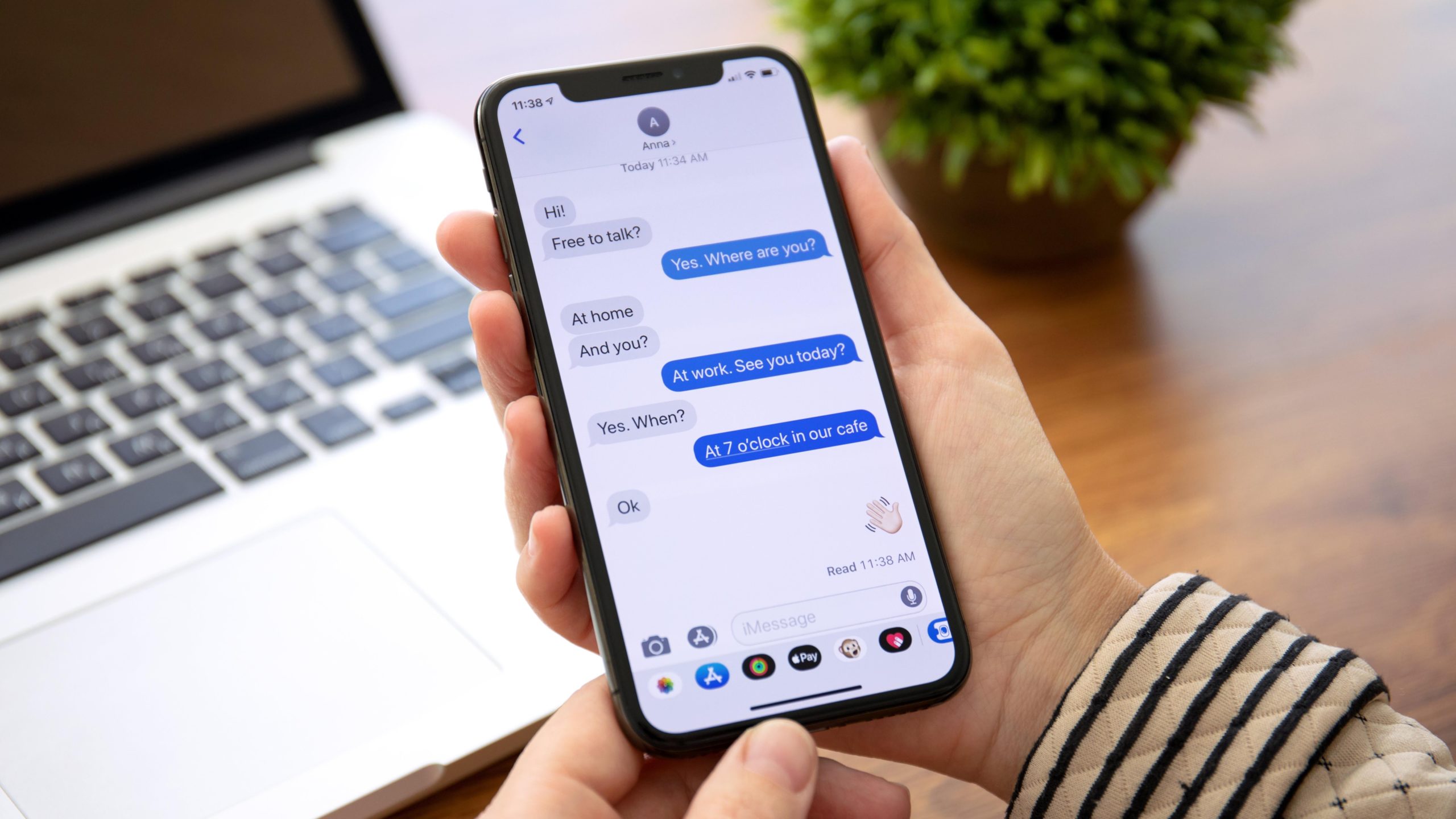
The Messages app is an abyss. It’s where all the messages, memes, photos, and videos go to die. You might be using up 5-10GB of storage space in Messages without even knowing about it.
Not only is this data not useful, but it’s also constantly indexed by the Messages app. All of this data might be slowing down your phone, or at least impacting the speed of the Messages app.
Take some time to go in and delete media or entire conversations from the Messages app (make sure to save the important photos first) that you don’t want to keep around. Or, if you don’t care about your old messages at all, there’s a way to automate this process: Go to Settings > Messages > Keep Messages and switch to “30 Days.” Now all Messages and media older than 30 days will be deleted automatically.
Speed up animations
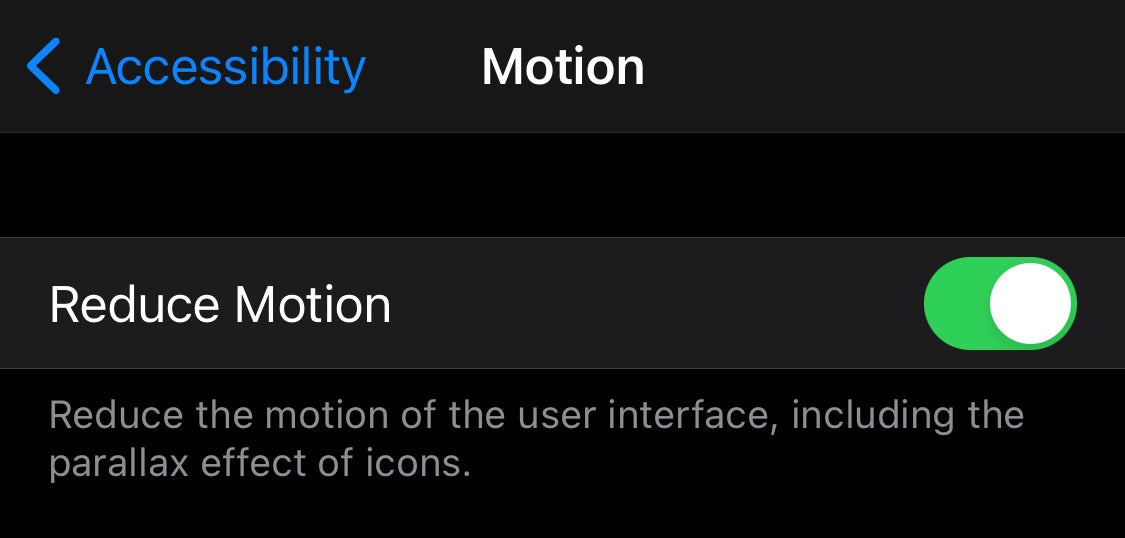
This is more of a psychological trick: If your iPhone’s animations are sped up (or removed), you’ll feel like your iPhone is moving faster, even if it really isn’t. Also, doing so will slightly improve your battery life.
To do this, go to Settings > Accessibility > Motion > Reduce Motion.
Disable Low Power Mode
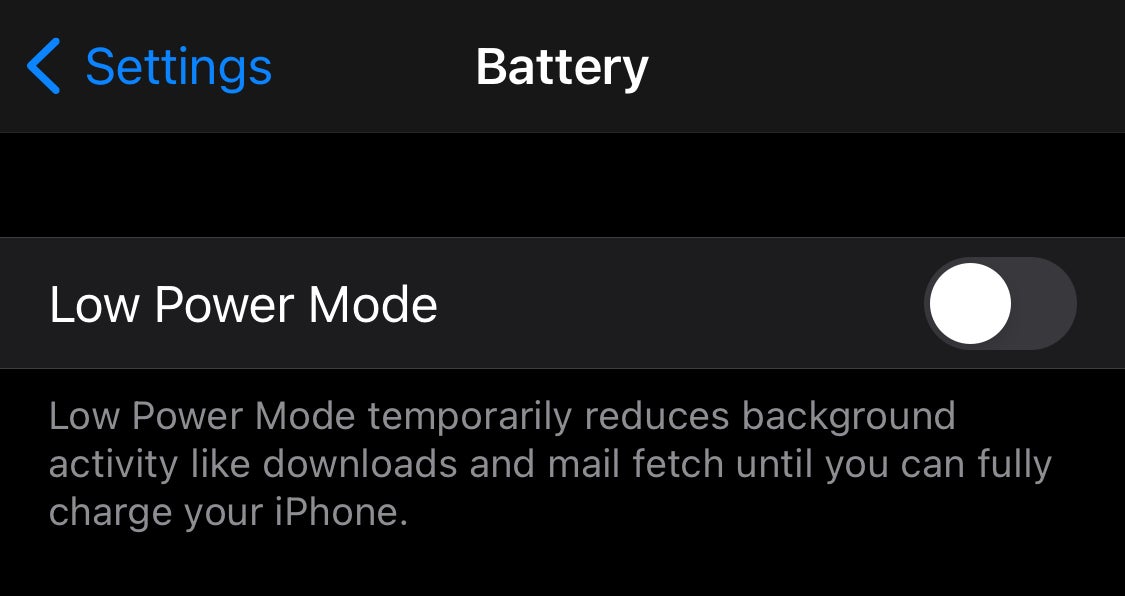
Do you constantly keep your iPhone in Low Power Mode? While this is great for stretching out the battery life, can also slow down your phone’s performance.
Try disabling the Low Power Mode to see if it helps speed things up. You can do this from Settings > Battery > Low Power Mode, or you can use the Control Centre.
Get a new battery
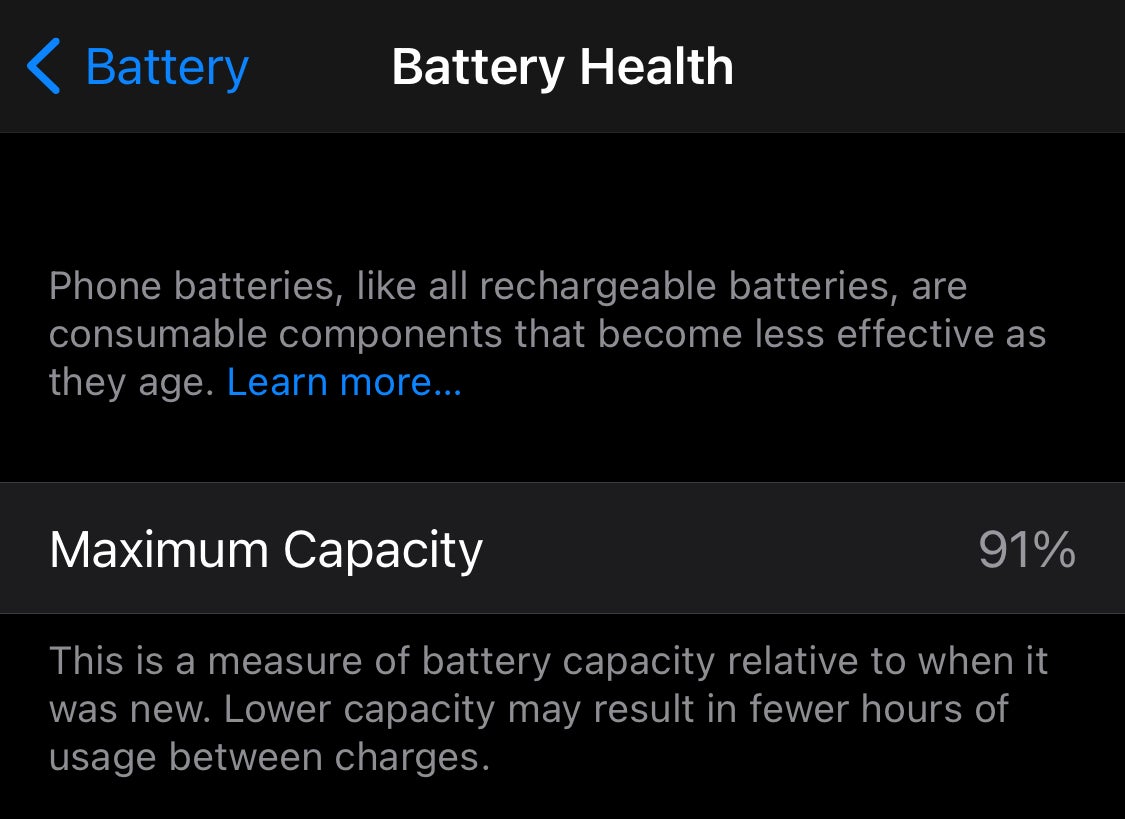
If you have an old iPhone with a bad battery, it might be affecting the iPhone’s peak performance. You’re more likely to notice this when you’re playing games, or using a resource-hogging app (you might even encounter it when you use the Camera app).
Open the “Settings” app and go to Battery > Battery Health. Here, you can check if your iPhone’s battery health is below 80%. If it is, consider replacing the battery. It will breathe a new life into your iPhone, and make it feel a lot more like new again.
Update iOS
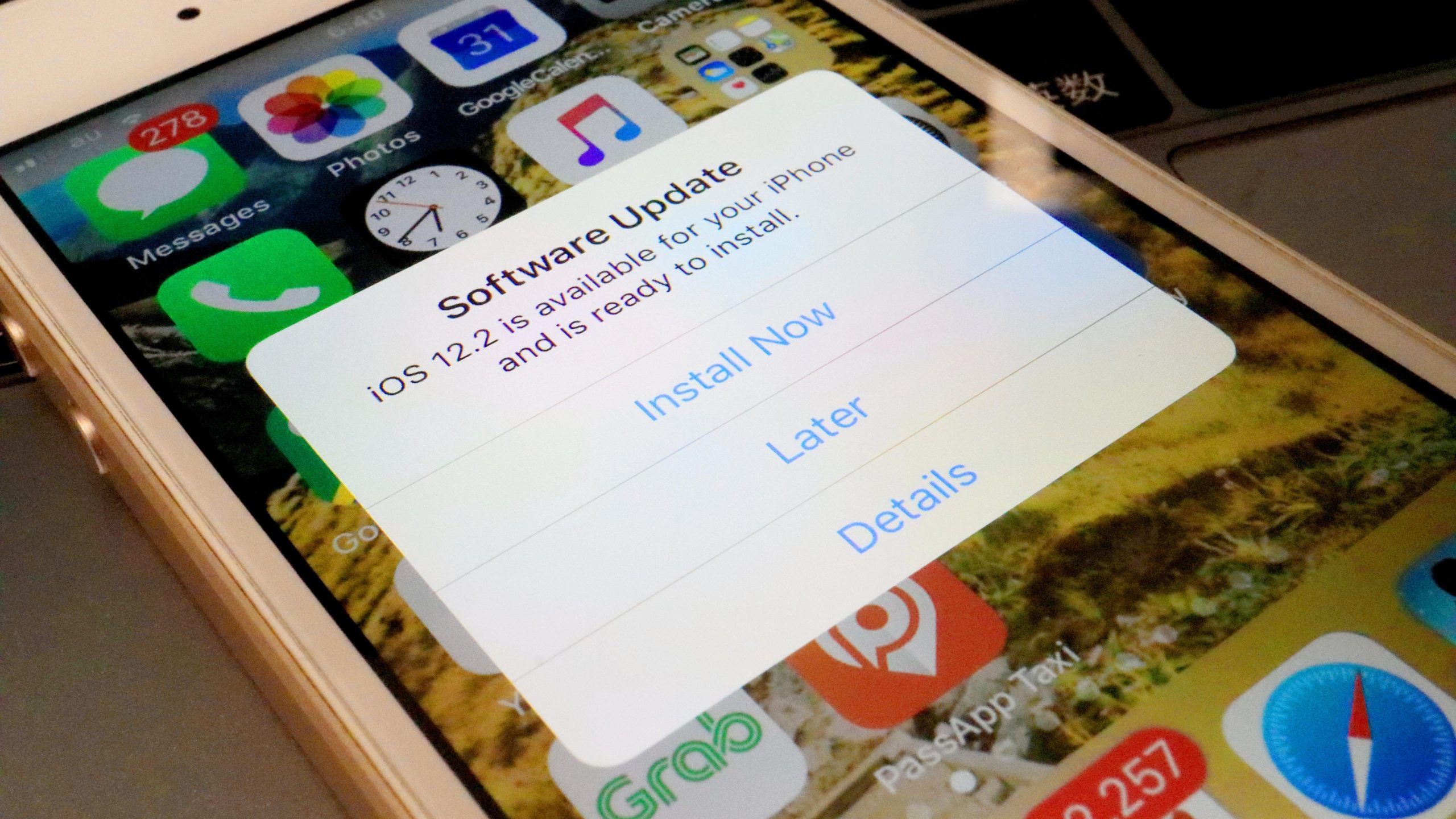
Everyone has their own opinion about when you should update to the latest version of iOS, especially on an older iPhone. Our recommendation is to keep updating to the latest version as long as you can, until Apple stops supporting your device (which usually takes 5-6 years).
If you don’t want to update to the next major version of the OS, that’s your choice, but updating the OS often helps squash bugs, optimise performance, and generally keep things running smoother.
To check if you have an update available, open the “Settings” app and go to General > Software Update.
Completely reset your iPhone
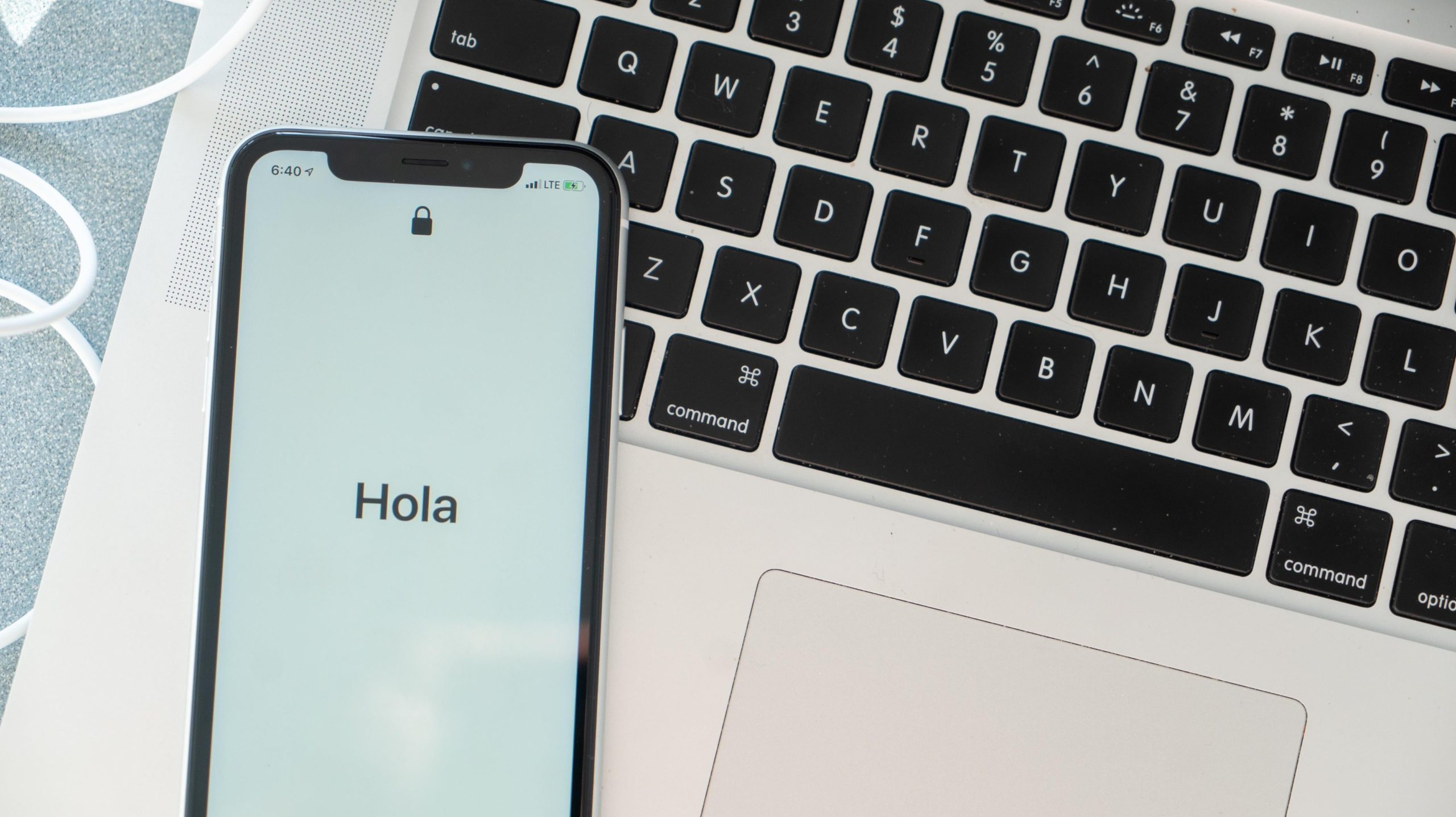
Did everything above, but your iPhone is still slow? The last resort is to nuke everything and start fresh. Make a backup of your device and then completely reset your iPhone — but when you set it up anew, don’t restore from the backup; chose the manual option (most of your apps will store their data in the cloud, allowing you to sync them as-needed rather than loading everything back onto your device all at once).
After making a backup (just in case), go to Settings > Reset > Erase All Content and Settings to get started.
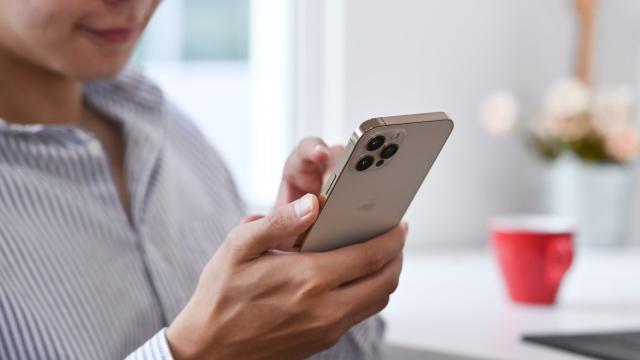
Leave a Reply
You must be logged in to post a comment.